The Guerrilla Girls: 35 Years of Feminist Activism in Art
For decades, the art world has been plagued by a serious problem: women artists and artists of color have been severely underrepresented in museums and galleries. Despite the immense talent and creativity of these artists, their work often goes unnoticed and unappreciated. This lack of diversity not only limits the perspectives we see in art but also perpetuates harmful stereotypes and biases.
Enter the Guerrilla Girls, an anonymous artist collective that burst onto the scene in 1985 with a mission to shake up the status quo. Armed with gorilla masks, witty posters, and hard-hitting statistics, these feminist activists set out to expose the rampant sexism and racism in the art world. Their unique approach combined humor with powerful critique, making their message impossible to ignore.
For 35 years, the Guerrilla Girls have been at the forefront of feminist art activism, challenging institutions and pushing for change. Their impact has been felt not just in galleries and museums, but across the entire art world and beyond. Let’s take a closer look at their journey and the lasting legacy they’ve created.
The Birth of a Revolutionary Art Collective
In 1985, a group of women artists in New York City decided they’d had enough of the art world’s gender inequality. The Guerrilla Girls, an anonymous artist collective, was born. Their spark? A Museum of Modern Art exhibition that featured only 13 women out of 165 artists. Shocked by this blatant discrimination, seven women banded together to protest. When their initial efforts fell flat, they got creative. They started plastering downtown Manhattan with eye-catching posters. These weren’t just any posters – they were packed with hard-hitting stats about the lack of women and artists of color in galleries and museums. To keep the focus on their message, not themselves, they donned gorilla masks and took on names of famous female artists from the past. Their goal? To shake up the art world’s old boys’ club and make it a fairer place for all artists. The Guerrilla Girls’ clever mix of anonymity, bold visuals, and surprising facts quickly caught people’s attention. Their feminist art activism was unlike anything seen before, and it’s still going strong 35 years later.
Masks and Mischief: The Guerrilla Girls’ Unique Approach
The Guerrilla Girls aren’t your typical activists. Their approach is as unique as it is effective. Picture this: women in gorilla masks causing a stir in the art world. It’s not just for show – those masks keep them anonymous and make sure people focus on their message, not their faces. They even use fake names, borrowed from famous women artists of the past. But it’s not all serious business. The Guerrilla Girls use humor to get their point across. They create funny posters and use surprising tactics to shake things up. They might pop up on billboards or even inside the very museums they’re criticizing. Their work is all about exposing unfair treatment in the art world. They use bold designs and shocking stats to open people’s eyes. Sometimes, they even work with museums to point out problems from the inside. By mixing anonymity, humor, and hard facts, the Guerrilla Girls have created a powerful way to fight for equality in art. Their clever approach has kept them relevant and impactful for over three decades.
Posters with Purpose: Exposing Art World Inequalities
The Guerrilla Girls’ posters are their secret weapon in the fight for equality in art. These aren’t your average posters – they’re bold, witty, and packed with eye-opening facts. Picture bright colors, big letters, and stats that make you stop and think. One of their most famous posters asks, “Do women have to be naked to get into the Met. Museum?” It points out how many female nudes are in the museum compared to how few women artists are shown. The Guerrilla Girls don’t shy away from naming names, either. They call out specific museums, galleries, and even art world big shots in their posters. At first, they stuck these posters all over New York City, especially near museums and galleries. Now, you might see their work on buses, billboards, or even inside museums. Their posters tackle all sorts of issues, from sexism in Hollywood to political corruption. These aren’t just protest signs – they’ve become valuable art pieces themselves, collected by major museums. By using humor and hard facts, the Guerrilla Girls have opened many eyes to the unfair treatment of women and artists of color in the art world.
Beyond the Gallery: Expanding the Fight for Representation
The Guerrilla Girls have taken their fight for equality far beyond the art world. They’ve become champions for representation in all areas of culture. Their sharp eyes now spot unfairness in movies, politics, and pop culture. The group has gone global, too. They’re no longer just focused on New York’s art scene, but on issues all around the world. The Guerrilla Girls believe in fighting for everyone’s rights, not just women in art. They talk about tough topics like abortion, climate change, and unfair treatment of Black Americans. To reach more people, they’ve branched out from just making posters. Now they write books, make videos, and give talks. They even work with big names like the Washington Post to spread their message. The Guerrilla Girls have also embraced social media to connect with younger folks. Their work is now taught in schools, inspiring new generations of artists and activists. By tackling a wider range of issues, the Guerrilla Girls have become powerful voices for social justice everywhere.
The Power of Numbers: Using Statistics to Drive Change
The Guerrilla Girls know that numbers speak louder than words. They use statistics to show just how unfair the art world can be. One of their clever tricks is called the “weenie count.” They count how many women artists are in a museum compared to how many naked women are in the paintings. The results are often shocking. For example, in 1989, they found that less than 5% of artists in the Met’s modern art section were women. But 85% of the nudes were female! The Guerrilla Girls keep checking these numbers over time to see if things are getting better. They don’t just look at art, either. They use stats to point out unfairness in movies, politics, and more. Their posters make these numbers easy to understand with bold graphics. They’re not afraid to name specific museums or galleries that need to do better. By using real data, the Guerrilla Girls make it hard for anyone to ignore the problem. Their number crunching has even become a teaching tool in schools. Most importantly, these stats give clear goals for improvement. The Guerrilla Girls have turned boring numbers into powerful weapons for change.
Laughter as a Weapon: Feminist Humor in Art Activism
The Guerrilla Girls know that sometimes the best way to make a point is to make people laugh. They use humor to talk about serious issues like sexism and racism in art. Their famous gorilla masks are a funny way to stay anonymous while getting attention. Plus, it’s a clever play on the word “guerrilla.” The group’s posters are full of witty jokes and sarcasm that make you think while you chuckle. They often flip expectations on their head to surprise people. One of their most famous posters lists the “advantages” of being a woman artist, but it’s all tongue-in-cheek. The Guerrilla Girls also like to copy the style of ads or official museum speak to poke fun at the art world. By using humor, they show that feminists can be funny too. This helps more people listen to their message. Their jokes aren’t just for laughs, though. They use humor to shake up how people think about art and equality. Even when they’re sharing shocking stats, they do it in a way that’s both funny and memorable. The Guerrilla Girls’ clever humor has made their activism stand out and keep making waves for over 35 years.
Global Impact: The Guerrilla Girls’ Worldwide Influence
The Guerrilla Girls have grown from a New York-based group to a global force for change in the art world. Their work now reaches far beyond gallery walls, tackling issues of sexism and racism in film, politics, and pop culture around the world. You can find their eye-catching posters and thought-provoking projects in major museums from London to Hong Kong, and everywhere in between. The Guerrilla Girls have put on hundreds of street projects, made videos, written books, and created banners that have sparked conversations in cities across the globe. Their unique blend of humor and hard facts has struck a chord with people from all walks of life, making them key players in the fight for equality in the arts and beyond.
The group’s influence isn’t limited to art lovers. Schools and universities worldwide now teach about the Guerrilla Girls, inspiring young activists and artists. They’ve teamed up with big names like Amnesty International to spread their message even further. As the world has changed, so have the Guerrilla Girls’ tactics. They’ve embraced social media and online platforms to reach new audiences. Their latest book, which showcases their work from 1985 to today, was named one of the best art books of 2020 by major newspapers. By addressing current global issues and adapting their approach, the Guerrilla Girls continue to be a relevant and powerful voice for change across cultures and borders.
Looking Forward: The Ongoing Legacy of the Guerrilla Girls
Even after 35 years, the Guerrilla Girls are still shaking things up in the art world. Their work remains as important as ever, especially now that museums are taking a hard look at how they choose and show art. The group keeps creating new pieces that tackle today’s issues in art, movies, politics, and pop culture. They’ve gone global, with their work popping up in famous museums all over the world, from the Tate Modern in London to the Venice Biennale in Italy. Schools and universities teach about the Guerrilla Girls, inspiring a whole new generation of artists and activists to fight for what’s right.
The Guerrilla Girls have kept up with the times, using social media and digital platforms to spread their message while sticking to their signature style. They’ve broadened their focus too, fighting for the rights of all people, not just women in art. Big museums and research centers are now collecting and showing their work, with a big 40-year retrospective planned for 2025. The group still wears their famous gorilla masks, keeping their identities secret while becoming a powerful symbol of activism. Their clever use of humor, statistics, and bold visuals has inspired other groups to fight for equality in different fields. The Guerrilla Girls continue to point out unfairness in the art world, including recent issues like the gender gap in art sales and the new world of NFTs. Their ongoing work and growing influence show that the Guerrilla Girls’ fight for equality is far from over.
As we’ve seen, the Guerrilla Girls have shown us that creativity, humor, and hard facts can be powerful tools for change. Their methods can inspire us all to speak up against unfairness, whether in art or any other field. Why not try some of their tactics in your own life? Use eye-catching visuals, surprising statistics, or a dash of humor to make your point. Remember, small actions can lead to big changes over time. Keep your eyes open for inequality, and don’t be afraid to challenge it in clever ways.
If you’d like to learn more about using these strategies or have any questions about feminist art activism, feel free to reach out. You can contact me at semra@semrajelil.com for additional information or guidance.
FAQs
1. Q: Who are the Guerrilla Girls?
A: The Guerrilla Girls are an anonymous group of feminist artists who fight for equality in the art world.
2. Q: Why do they wear gorilla masks?
A: They wear masks to stay anonymous and keep the focus on their message, not their identities.
3. Q: When did the Guerrilla Girls start?
A: The Guerrilla Girls began their activism in 1985 in New York City.
4. Q: What is a “weenie count”?
A: It’s when they count how many women artists are in a museum compared to how many naked women are in the paintings.
5. Q: Do the Guerrilla Girls only focus on art?
A: No, they now address issues in film, politics, and pop culture too.
6. Q: How do the Guerrilla Girls use humor in their work?
A: They use witty jokes and sarcasm in their posters and actions to make serious points in a memorable way.
7. Q: What’s one of their most famous posters?
A: One asks, “Do women have to be naked to get into the Met. Museum?”
8. Q: How have the Guerrilla Girls adapted to modern times?
A: They now use social media and digital platforms to reach new audiences.
9. Q: Are the Guerrilla Girls still active today?
A: Yes, they continue to create new work and address current issues in the art world.
10. Q: How can I learn more about the Guerrilla Girls?
A: Their work is now taught in many schools and universities, and they have books and exhibitions you can check out.
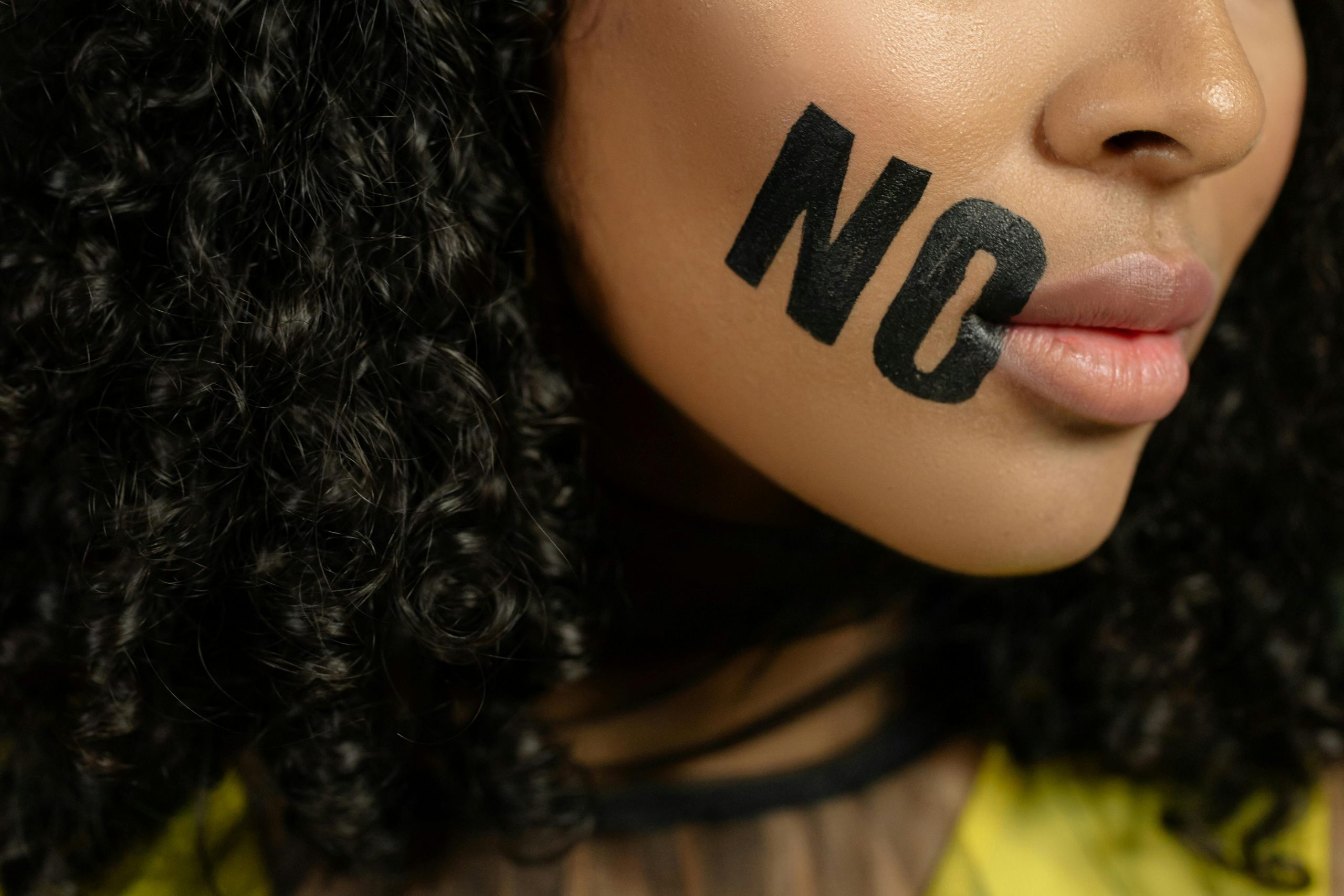
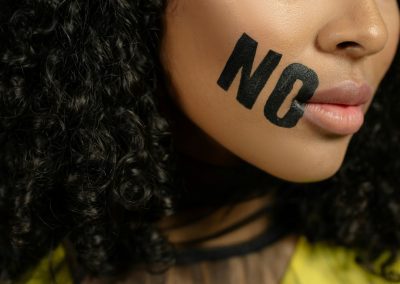
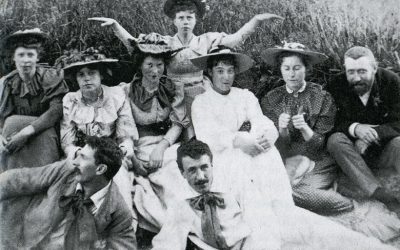
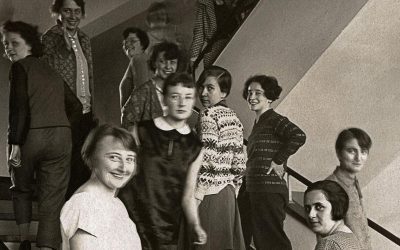
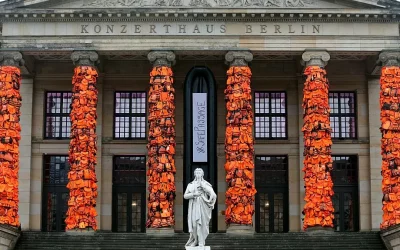
0 Comments